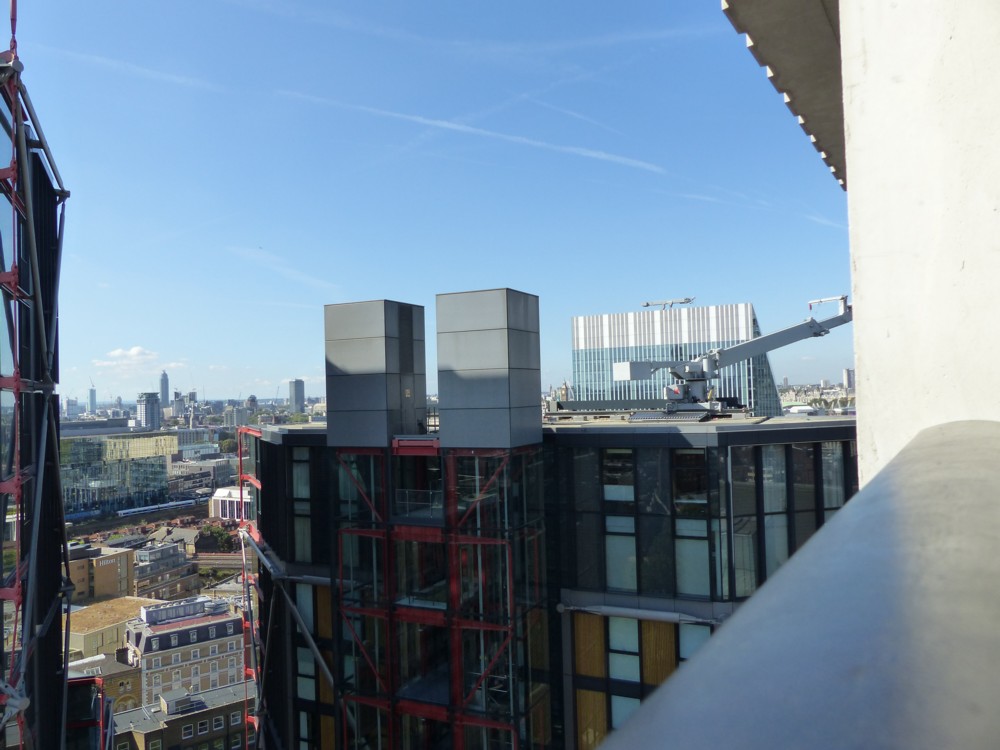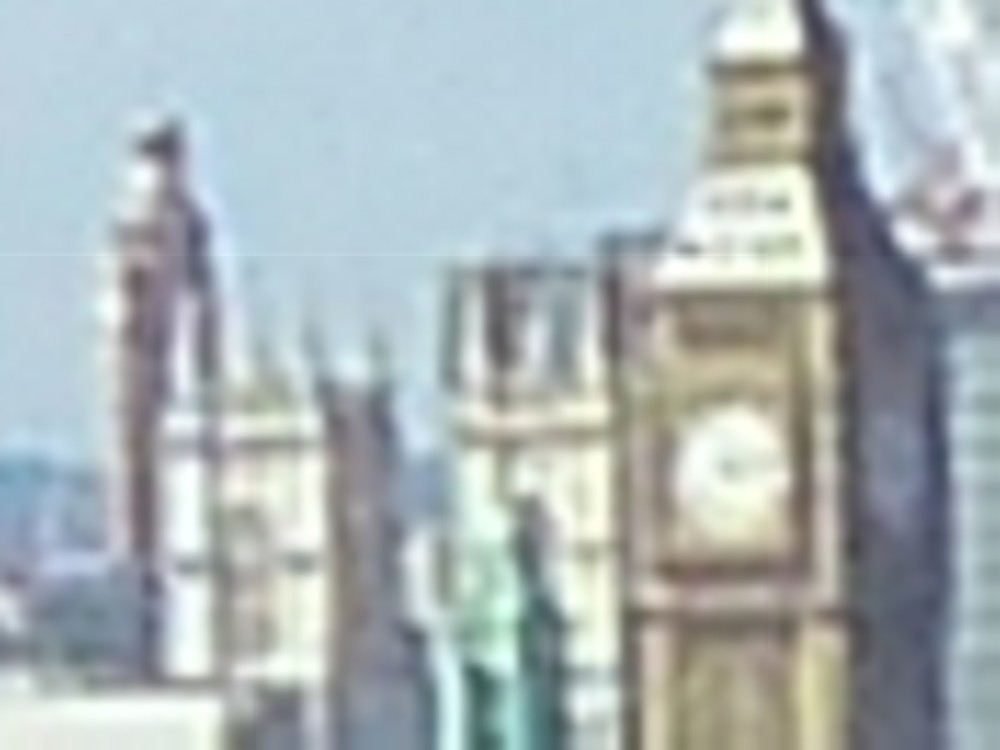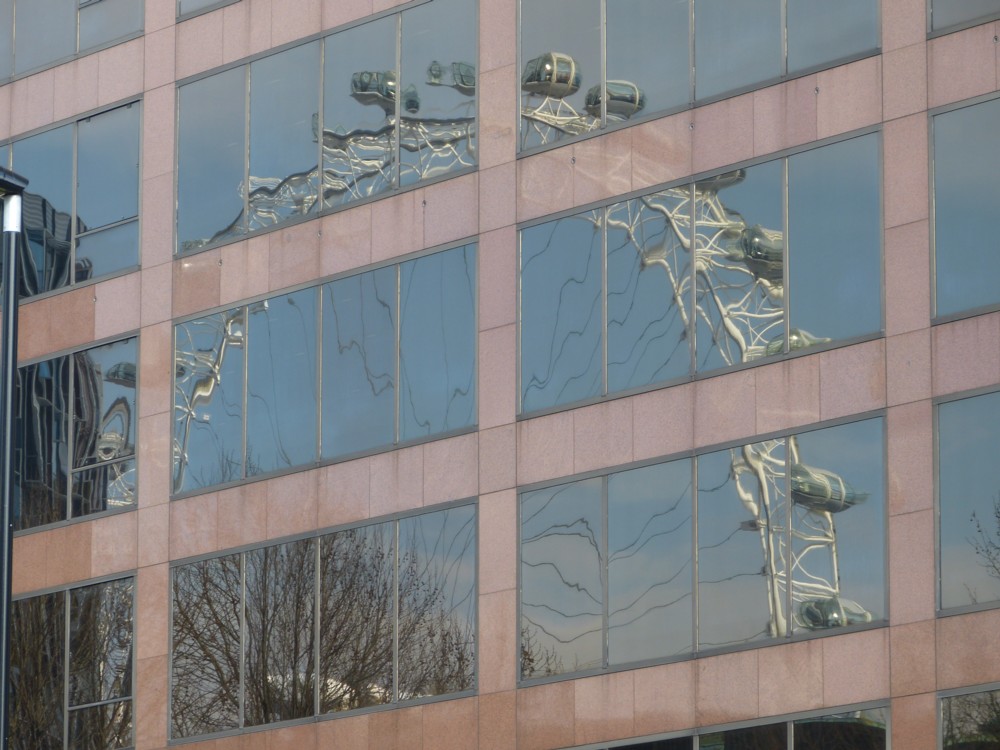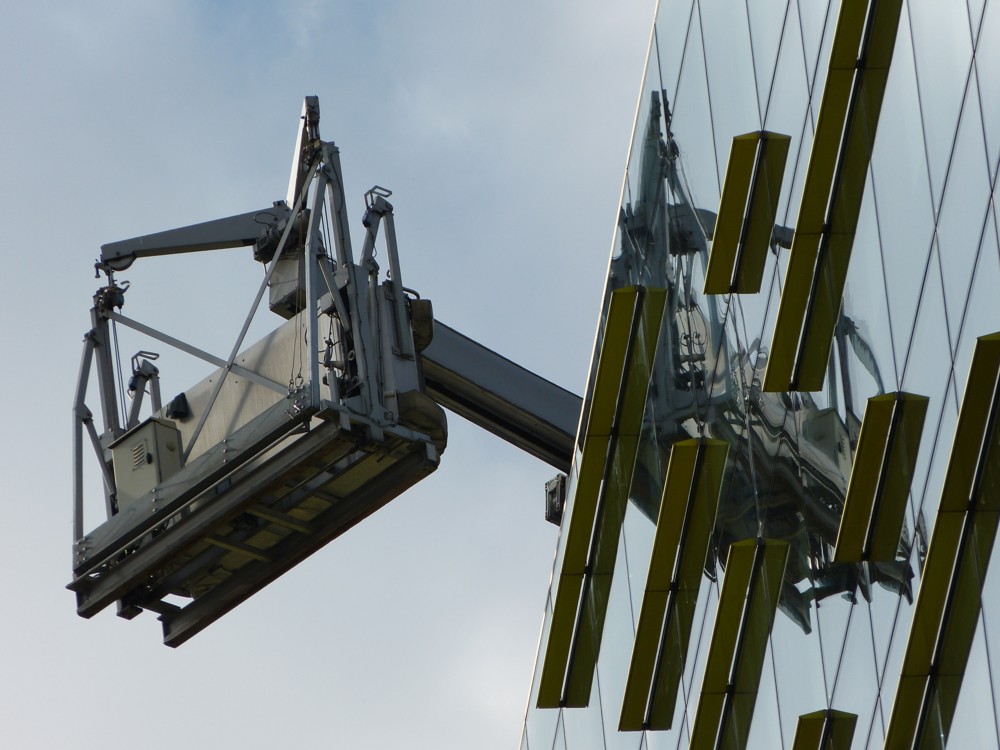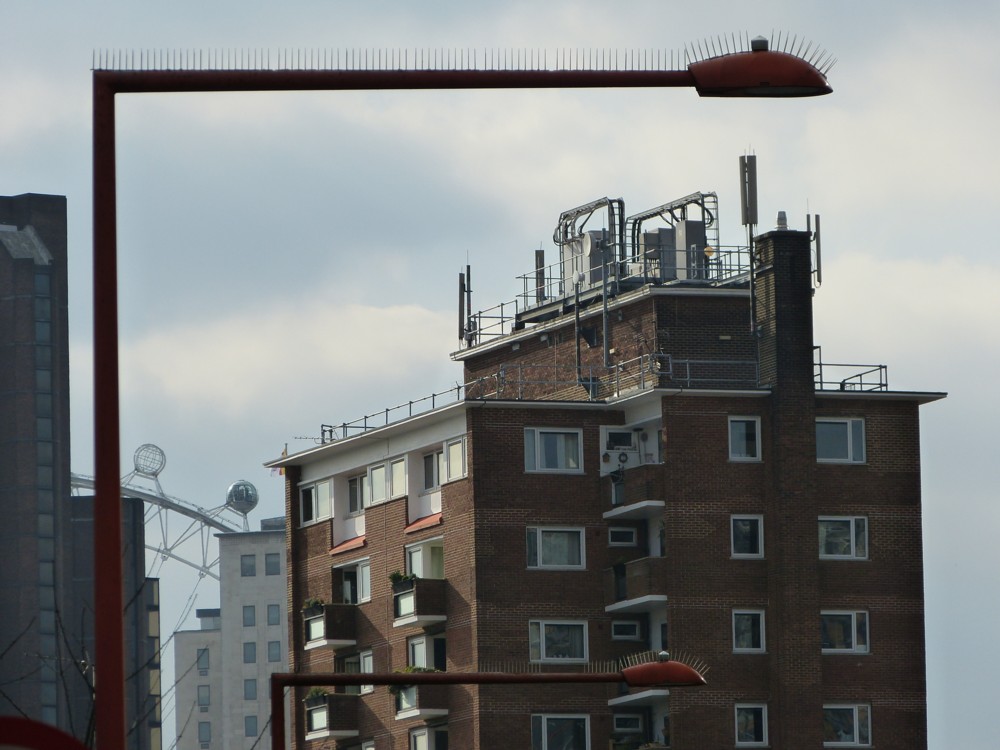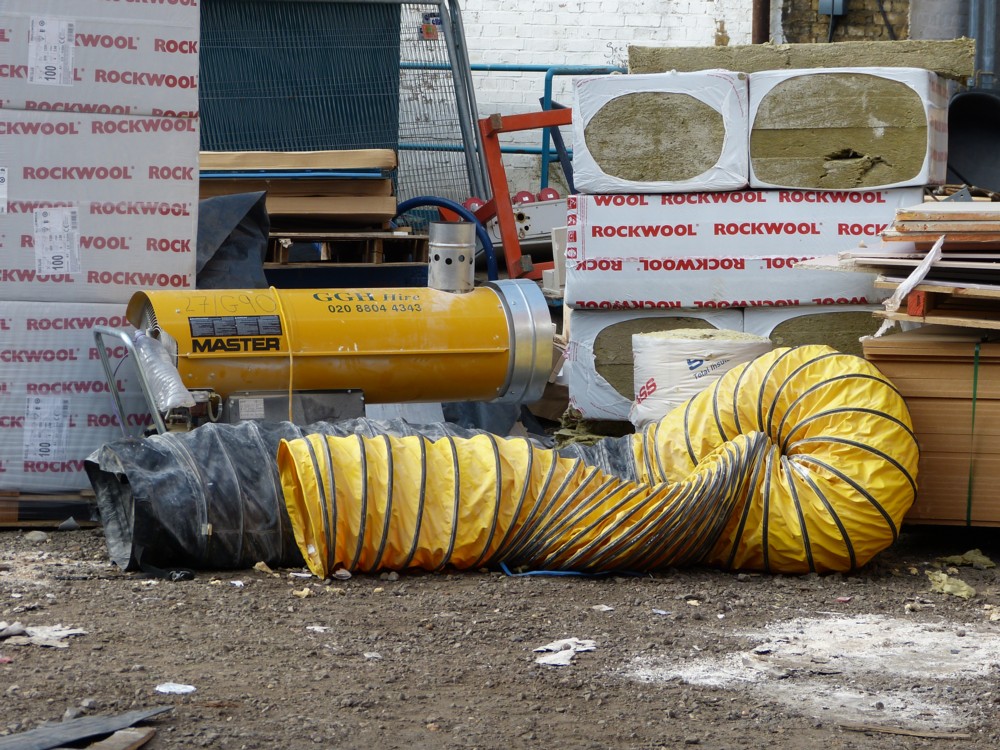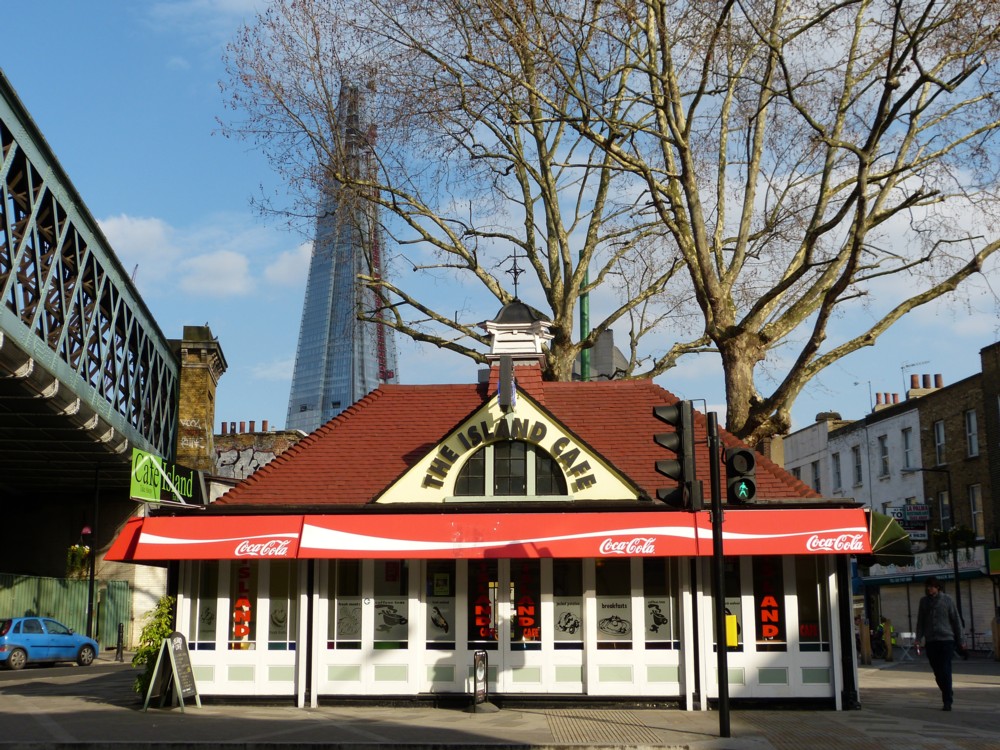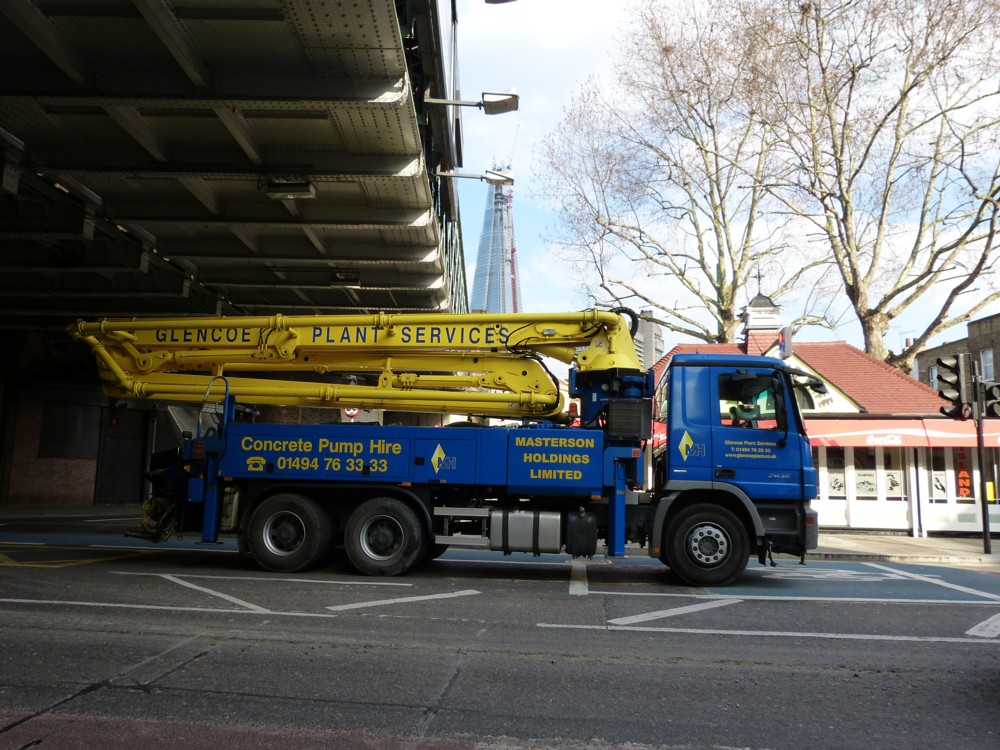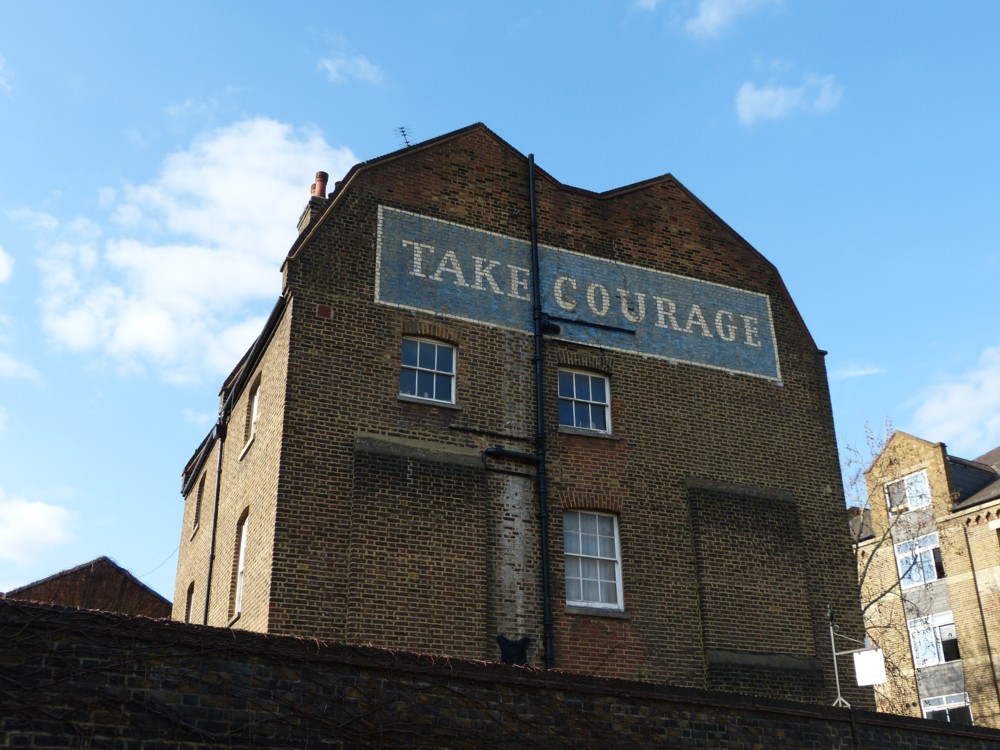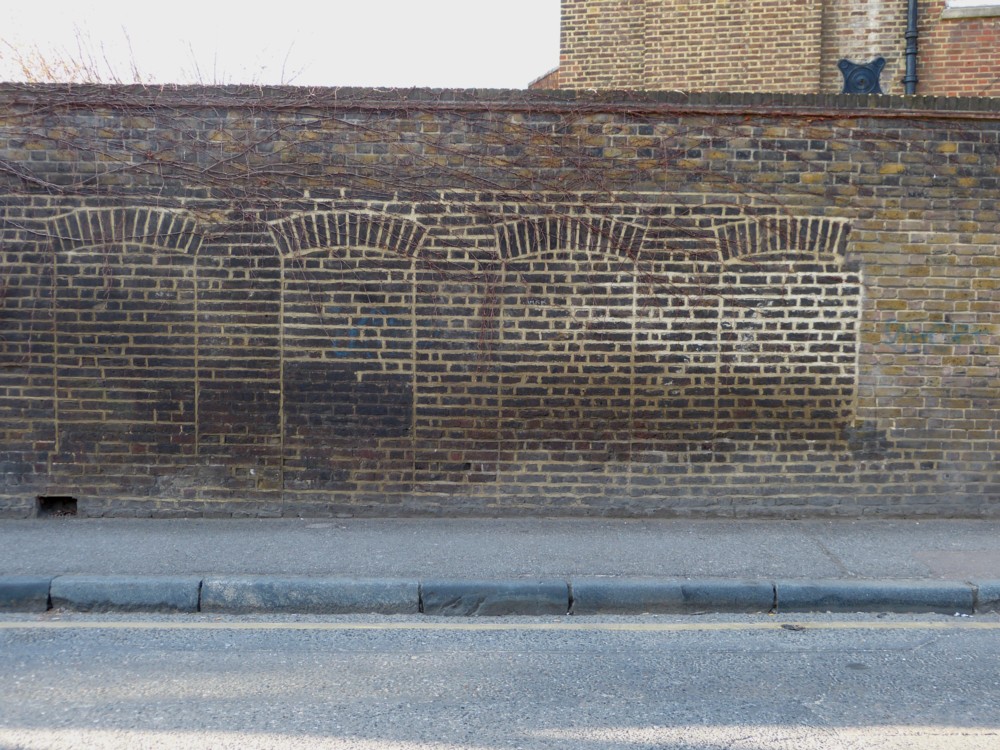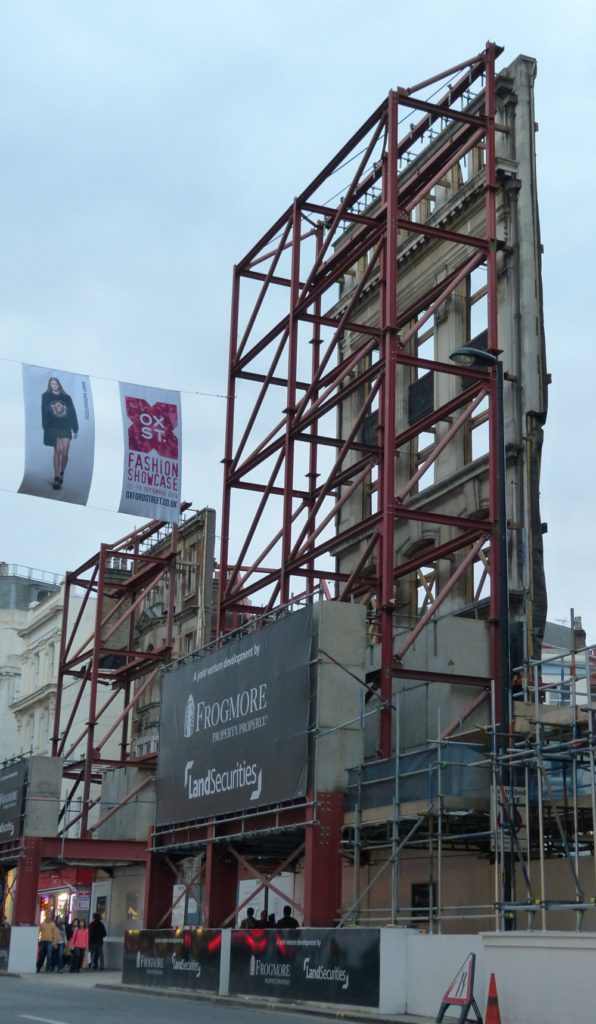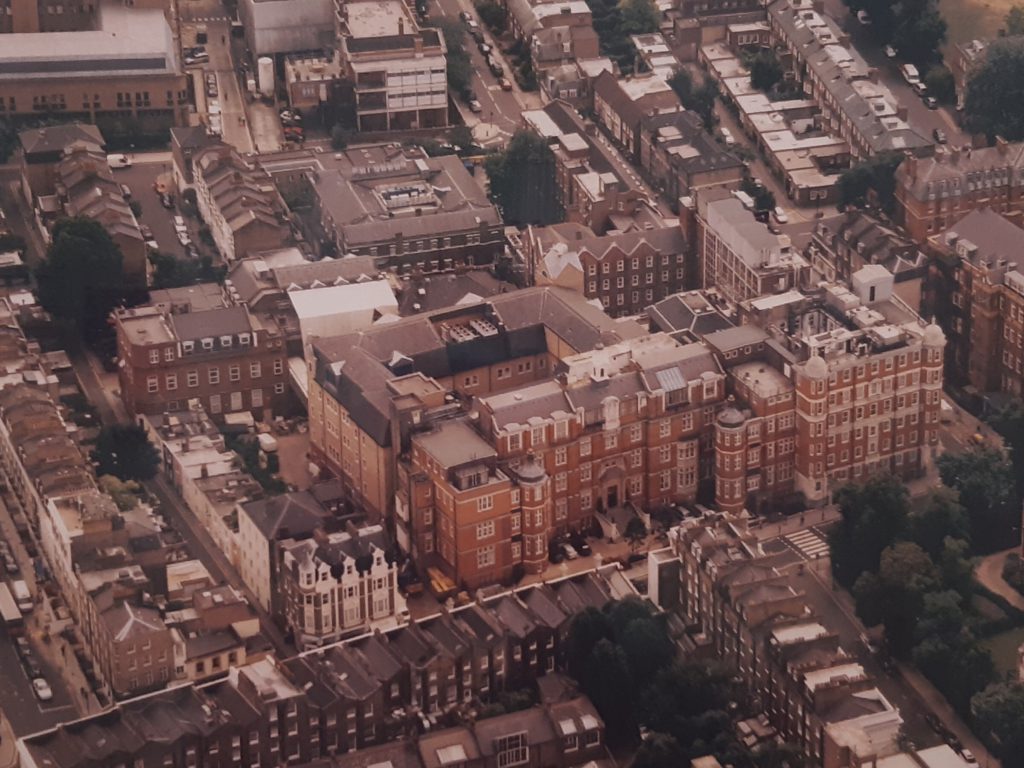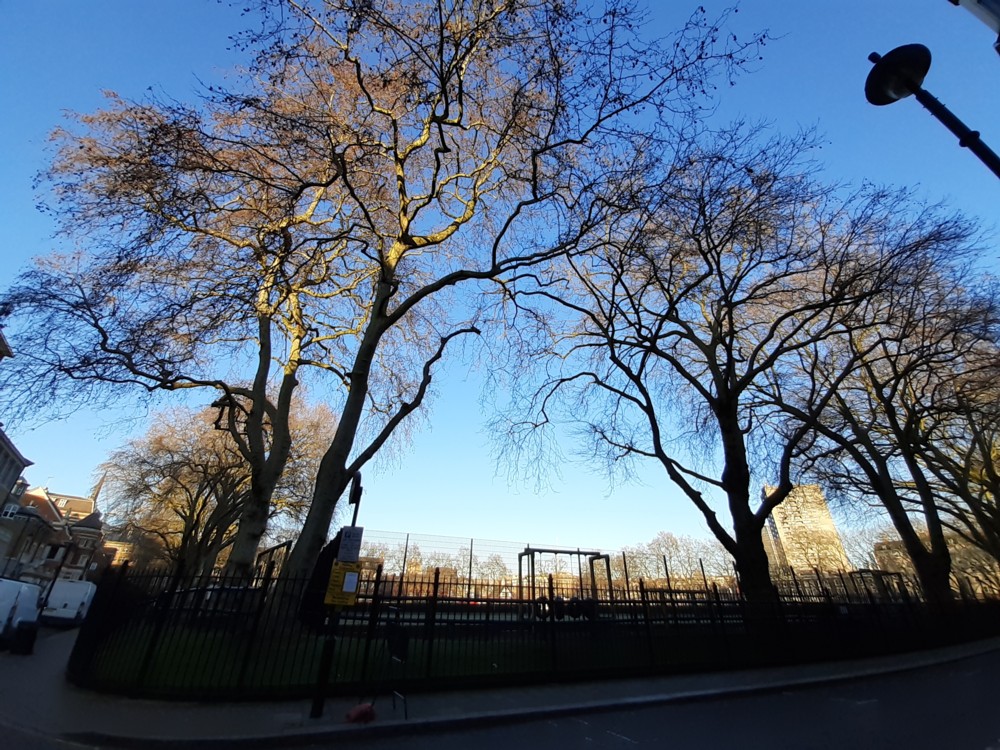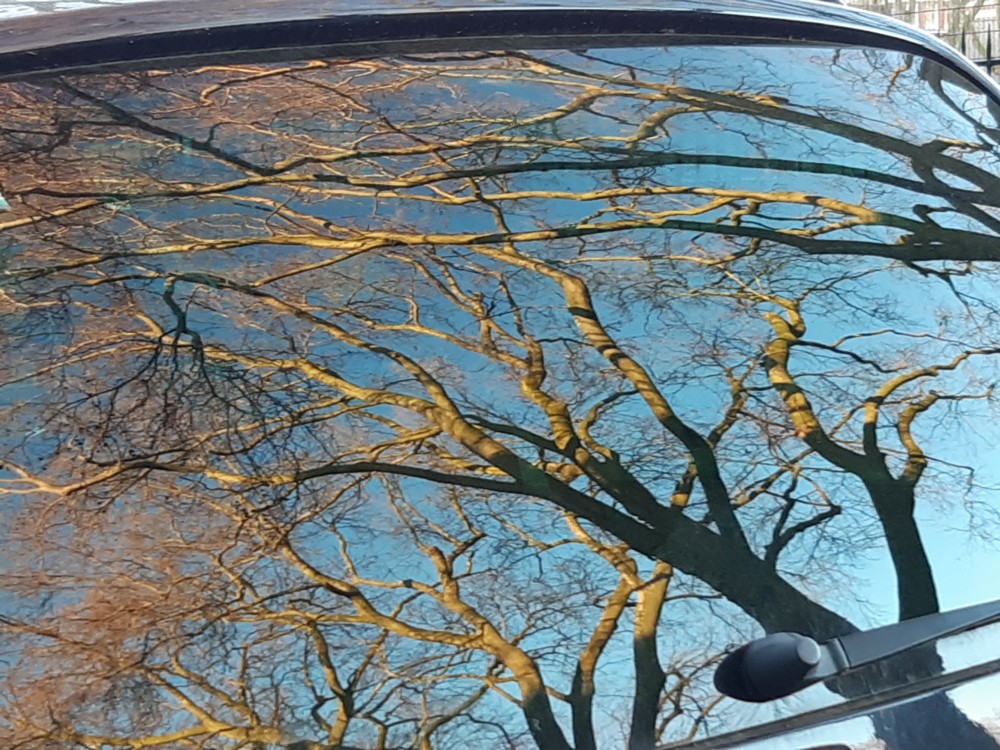I finished reading The Ape That Understood The Universe about a week ago now, but there is one further bit from this book that I want to scan into this blog, because I think it is my absolute favourite.
At the beginning of the second half of the book devoted to Man, “The Cutural Animal”, SS-W offers six examples of cultural evolution in action. These are: Breton Boats, Conditioned Behavior, Language, Teddy Bears, Businesses, and Science. I have already copied the bits on Teddy Bears, and on Language. Here is the bit about Breton Boats (p. 224):
The first example concerns the fishing boats used by Breton fisherman in the Île de Groix. Where did these boats come from? At first glance, it looks like a no-brainer: If anything’s a product of intelligent design, it’s a boat. On closer inspection, though, it turns out it really is a no-brainer … or at least a partial-brainer, in the sense that human brains played a more modest role in crafting the boats than we normally assume. This possibility was first mooted by the French philosopher Emile-Auguste Chartier (aka Alain), who in 1908, took a Darwinian hatchet to the common sense view. “Every boat,” he observed,
is copied from another boat … Let’s reason as follows in the manner of Darwin. It is clear that a very badly made boat will end up at the bottom after one or two voyages, and thus never be copied … One could then say, with complete rigor, that it is the sea herself who fashions the boats, choosing those which function and destroying the others.
If a boat returns, the boat makers may copy it. If it doesn’t, they definitely won’t. The boats that are most likely to be copied are therefore those that survive the longest. As Daniel Dennett points out, no one needs to know why these particular boats survive. To make a good boat, you don’t need to understand what makes a boat good; you only need to be able to copy another boat. How do you know you’re copying a good boat? Well, you don’t need to know, because the sea automatically culls the not-good ones from the boat population. Meanwhile, any especially good boats get copied at a faster rate. Over time, this process of culling and copying fashions more and more seaworthy boats.
Now maybe each and every step in the gradual evolution of the boat was a product of intelligent design: of a thousand forgotten boat makers figuring out a thousand different ways to make their boats more sea-worthy. But maybe not. Maybe many steps along the path were simply fortuitous accidents, which were automatically preserved and propagated. To the extent that this is so, the design evident in Breton boats comes from blind, mindless selection, rather than the machinations of intelligent minds.
Language and Teddy Bears are a bit off the beaten tracks I like to beat. But with this discussion of the design of a quite big physical object, in this case a boat, SS-W’s core agenda, and one of my obsessions over the years and decades ever since I was a failed architecture student, overlap in a very big way. As I said at the end of the language posting linked to above, I have long been thinking along the same lines as SS-W, about “mindless” design. And as I said at the end of another recent posting here, about Facadism, Keeping Up Appearances and so on, it is my earnest hope that I will, by and by, be able to pull such thoughts together in a bigger piece for Samizdata.
The Modern Movement in Architecture was, when it started out, shot through with the idea that you should not “mindlessly” copy an established design, even if it worked well, unless you knew why it worked well. Wrong.
Equally and oppositely, the first lot of Architectural Modernists said that you should turn your back on “mindless tradition” and design anew, from “first principles”. Very dangerous, as a design technique. Something like this is sometimes necessary, provided you choose good “first principles”, but it is never without extreme hazard. Architectural Modernism only worked well, and in a country like Britain has only started to work well, when Modernism itself became a tradition, embodying the experience of what worked and what works, and what did not work and what does not work.



